Urbanization is a phenomenon that has been rapidly transforming landscapes across the globe, and its influence extends even to the most remote corners of the wilderness. Among the many creatures affected by these changes are the majestic big cats. These powerful predators are not just adjusting to new environments; they are also altering their behaviors in response to the encroaching human presence. This article delves into the fascinating ways urbanization is reshaping the lives of big cats in the wild, offering insights that are both alarming and intriguing for cat enthusiasts everywhere.
Big Cats and Their Natural Habitats
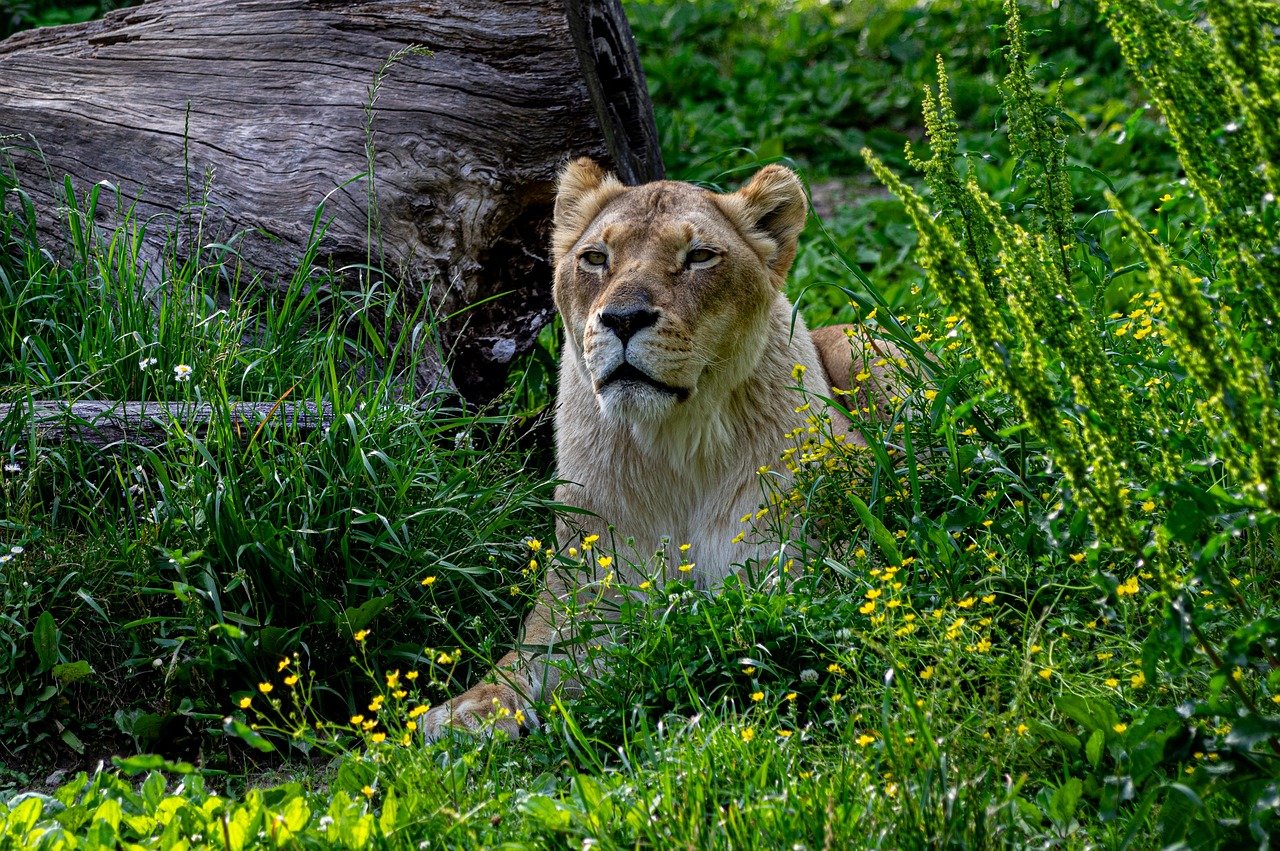
Big cats, including lions, tigers, leopards, and jaguars, have traditionally thrived in diverse habitats ranging from dense forests to arid savannas. These environments provided ample prey and space for roaming. However, with the spread of urban areas, these natural habitats are shrinking at an alarming rate. As cities expand, they encroach on the territories that these big cats have called home for centuries. This encroachment not only reduces the physical space available to them but also introduces new challenges in terms of food availability and human-wildlife conflict.
Adaptation and Behavioral Changes
In the face of dwindling habitats, big cats are showing remarkable adaptability. Many are altering their hunting patterns, becoming more nocturnal to avoid human activity. This shift helps them avoid encounters with humans, which can be both dangerous and stressful. Additionally, some big cats are changing their diets, preying on livestock or scavenging in urban areas. While these adaptations showcase their resilience, they also lead to increased conflicts with humans, who may see these majestic animals as threats to their livelihoods.
Migration Patterns and Territory Shifts
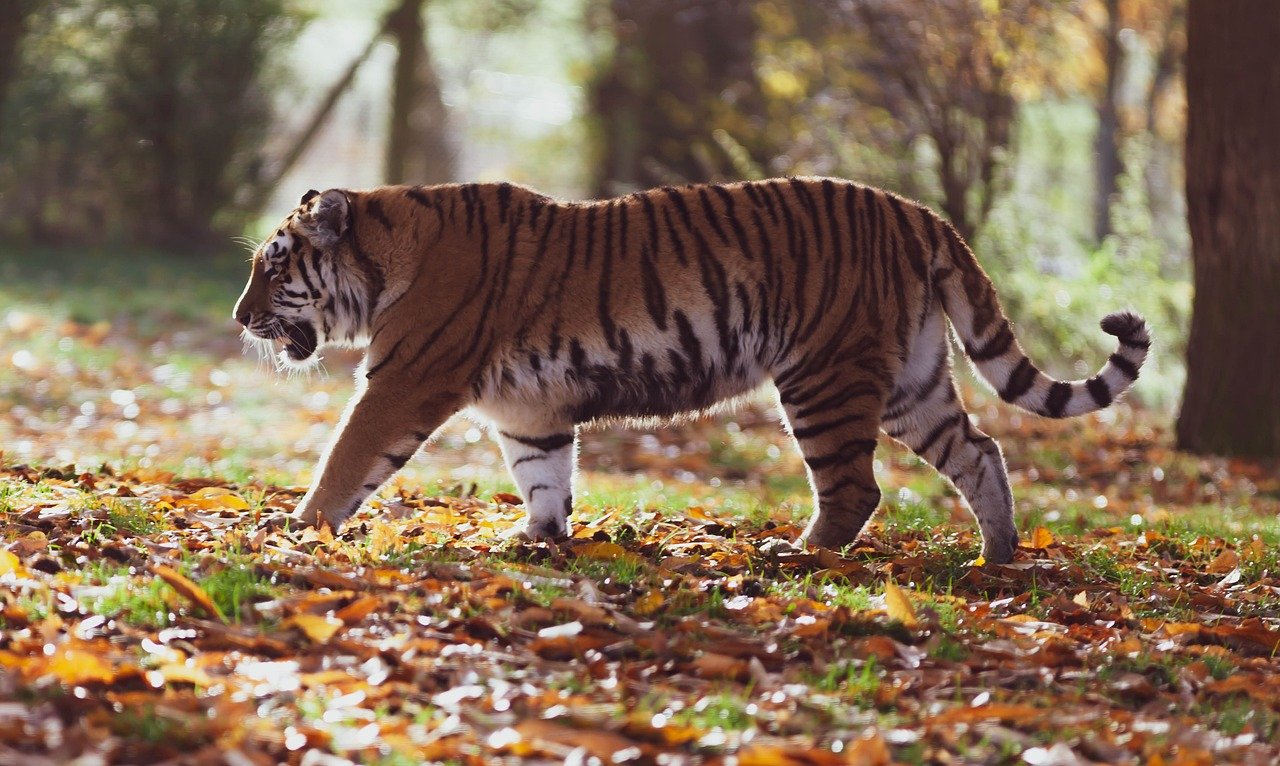
Urbanization has forced big cats to reconsider their territories. As traditional habitats disappear, these animals are migrating to new areas in search of food and safety. This migration can lead to territory overlaps with other big cats, resulting in increased competition and potential conflicts. Moreover, these shifts often bring big cats closer to human settlements, raising concerns about the safety of both the animals and the people living nearby. The need to establish new territories is a testament to the resilience of these creatures, but it also highlights the challenges they face in an ever-changing world.
Human-Wildlife Conflicts
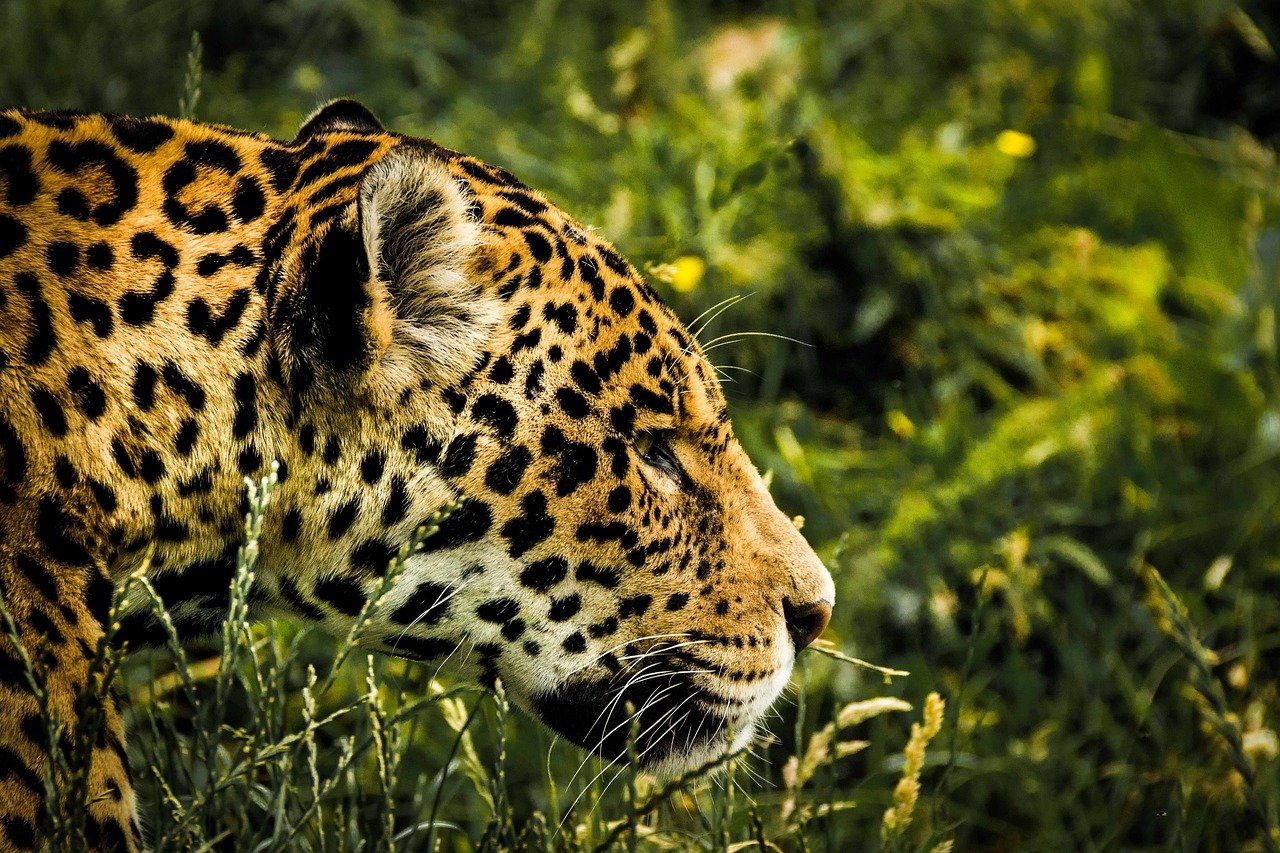
As big cats venture closer to urban areas, instances of human-wildlife conflict have become more frequent. Livestock predation is a significant issue, leading to economic losses for farmers and retaliatory killings of big cats. Additionally, encounters between humans and big cats can result in tragic outcomes for both parties. These conflicts underscore the need for innovative solutions to promote coexistence. Conservationists are working tirelessly to develop strategies that protect both big cats and human interests, but the path to harmony is fraught with challenges.
Conservation Efforts and Urban Planning
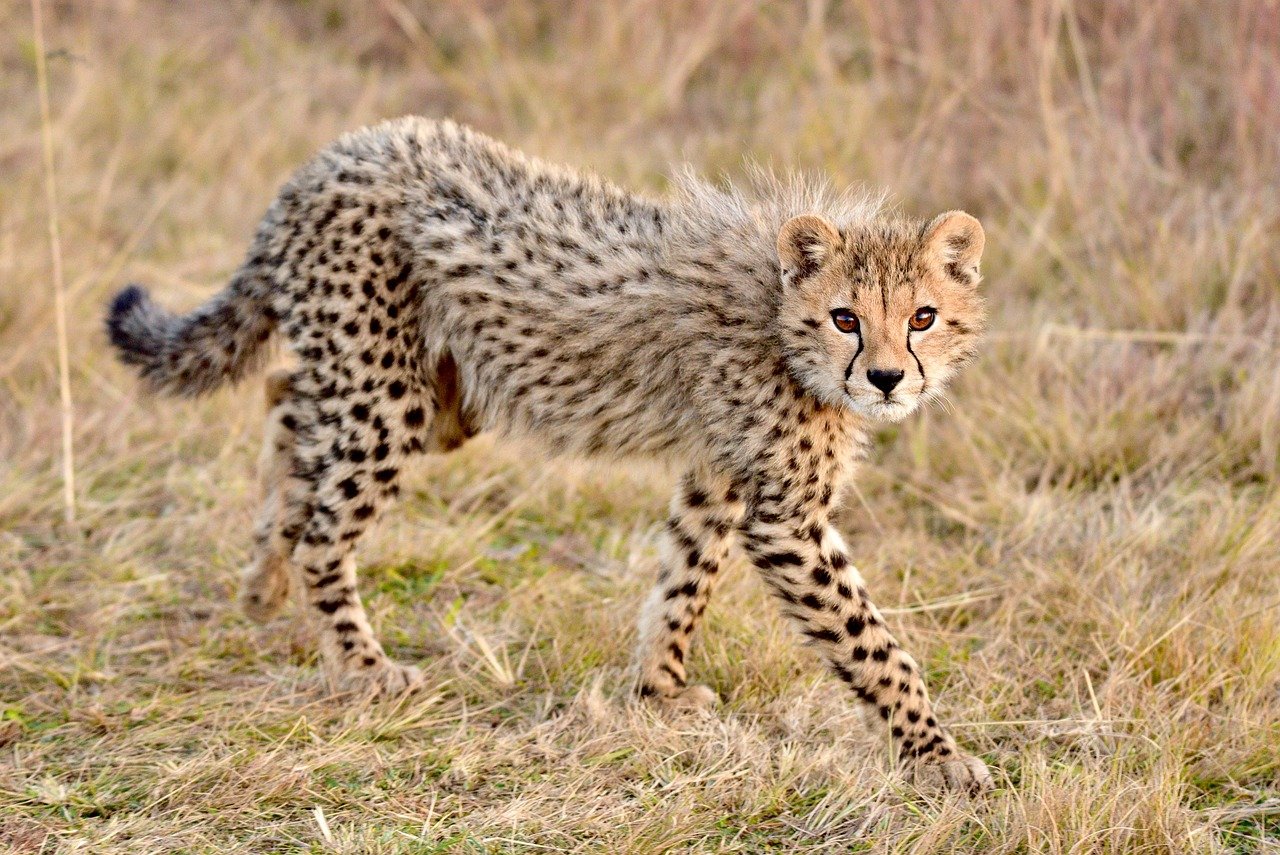
Efforts to mitigate the impact of urbanization on big cats are gaining momentum. Wildlife corridors and protected areas are being established to provide safe passage for these animals. Urban planners are increasingly considering the needs of wildlife in their designs, ensuring that urban expansion does not come at the expense of biodiversity. These initiatives are crucial in safeguarding the future of big cats, but they require collaboration between governments, conservationists, and local communities to be truly effective.
The Role of Technology in Monitoring Big Cats
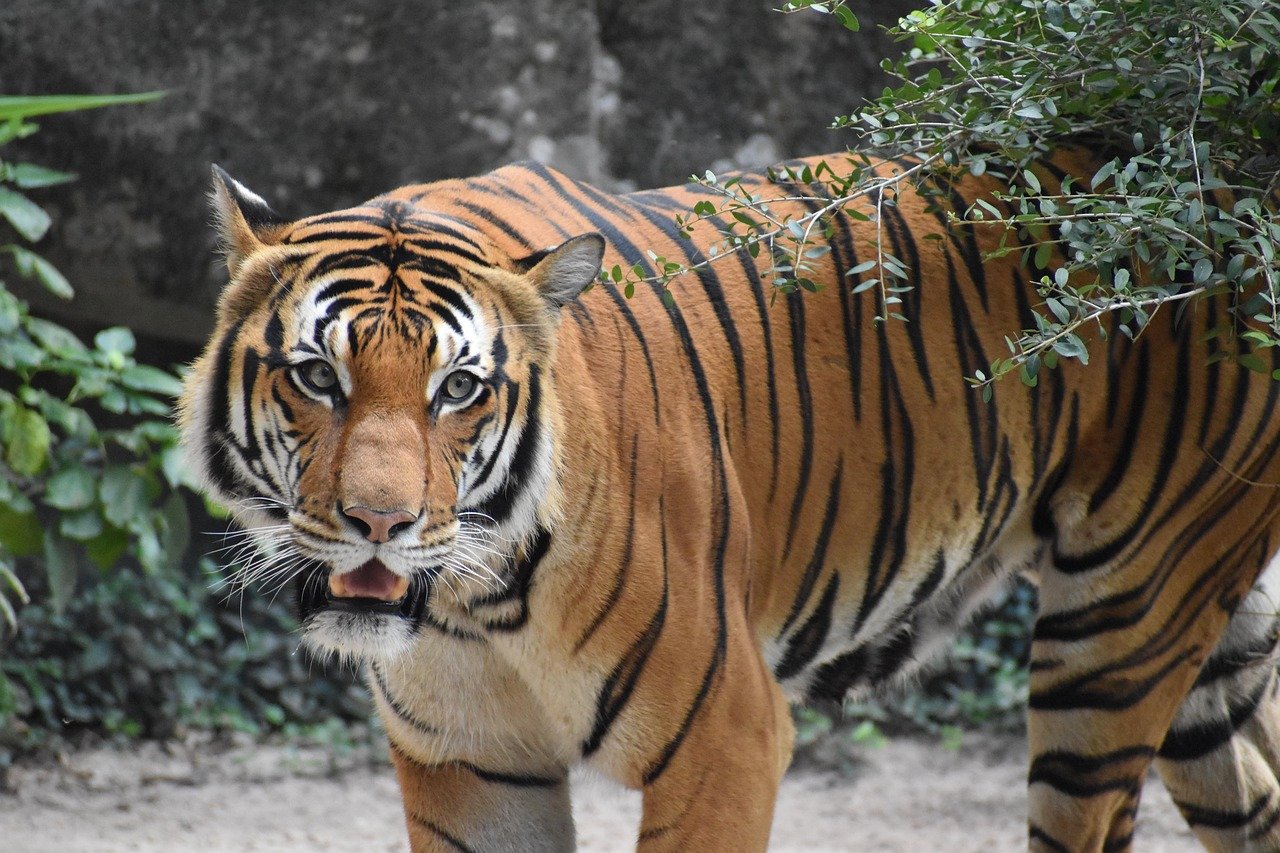
Technology is playing a pivotal role in understanding and protecting big cats amid urbanization. GPS collars and camera traps are providing invaluable data on their movements and behaviors. This information helps conservationists develop targeted strategies to mitigate human-wildlife conflict and protect critical habitats. Additionally, technology is enabling better communication between conservationists and local communities, fostering a greater understanding of the importance of coexisting with these magnificent creatures.
The Social Dynamics of Big Cats
Urbanization is not only affecting the physical environment of big cats but also their social structures. Changes in territory and food availability can lead to altered social hierarchies within prides and packs. For instance, the competition for resources can lead to increased aggression or changes in mating patterns. Understanding these social dynamics is crucial for conservation efforts, as it provides insights into how urbanization is fundamentally altering the lives of these animals.
A Call to Action for Cat Enthusiasts
For all cat lovers, the plight of big cats in the face of urbanization is a call to action. Supporting conservation efforts, advocating for responsible urban planning, and raising awareness about the challenges faced by these animals are vital steps in ensuring their survival. Every action counts, from donating to conservation organizations to educating others about the importance of preserving natural habitats. By coming together, cat enthusiasts can make a significant impact on the future of big cats, ensuring that these majestic creatures continue to roam the wild for generations to come.

Suhail Ahmed is a passionate digital professional and nature enthusiast with over 8 years of experience in content strategy, SEO, web development, and digital operations. Alongside his freelance journey, Suhail actively contributes to nature and wildlife platforms like Feline Fam, where he channels his curiosity for the Feline into engaging, educational storytelling.
With a strong background in managing digital ecosystems — from ecommerce stores and WordPress websites to social media and automation — Suhail merges technical precision with creative insight. His content reflects a rare balance: SEO-friendly yet deeply human, data-informed yet emotionally resonant.
Driven by a love for discovery and storytelling, Suhail believes in using digital platforms to amplify causes that matter — especially those protecting Earth’s biodiversity and inspiring sustainable living. Whether he’s managing online projects or crafting wildlife content, his goal remains the same: to inform, inspire, and leave a positive digital footprint.






